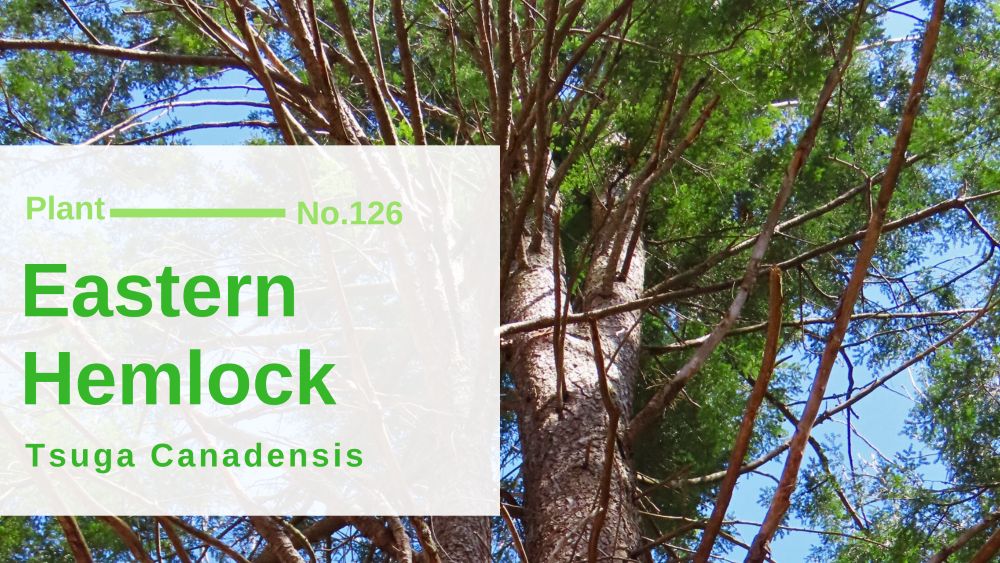Northern Bayberry – Morella Pensylvanica: Edible & Medicinal Uses for Wild Bay Leaf

Northern bayberry (Morella pensylvanica syn. Myrica pensylvanica) isn’t listed in Haliburton Flora and despite the name is more abundant to the south. Its relation sweet gale/ bog myrtle is more common in our area. It’s native to Ontario but may be closer to near native in cottage country. Edible Uses of Northern Bayberry As the … [Read more…]




